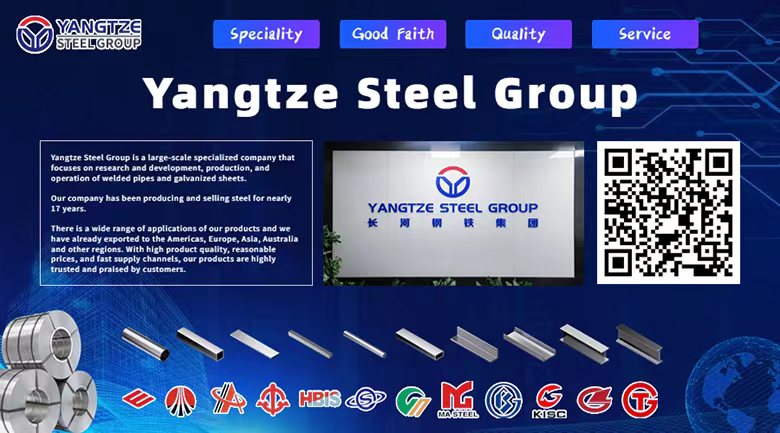Heat treatment process of oil casing
The heat treatment process of oil casing is designed to improve its mechanical properties, enhance corrosion resistance and wear resistance to ensure reliable operation in complex oil and gas environments. The main processes include:
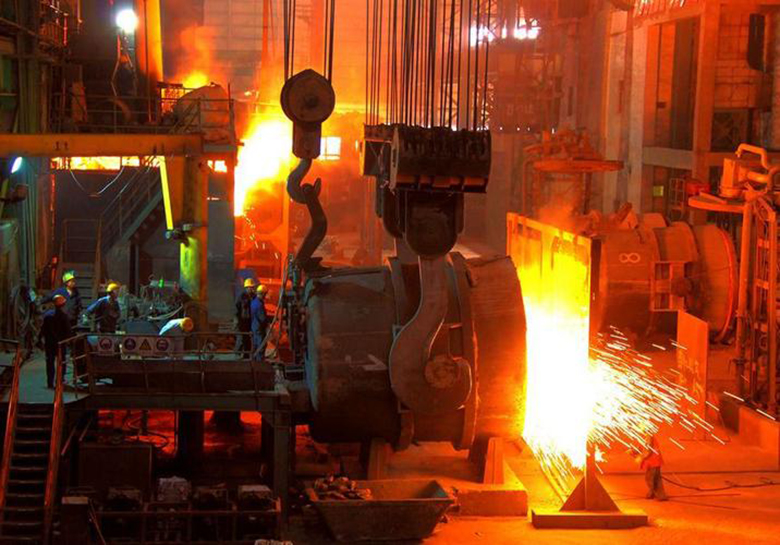
1. Normalizing treatment: The steel pipe is heated to 850°C to 950°C and then cooled in air to refine the grains, improve toughness and structural uniformity.
2. Quenching treatment: The steel pipe is quickly cooled after being heated to 850°C to 900°C to improve hardness and strength, but may increase brittleness.
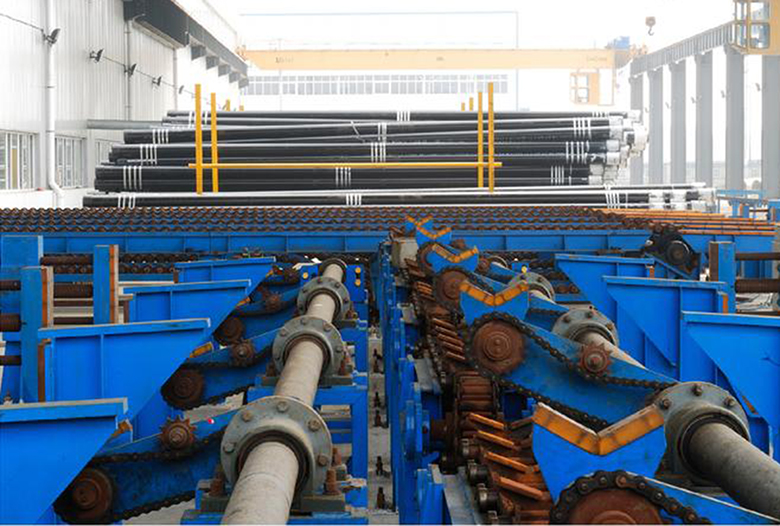
3. Tempering treatment: After quenching, the steel pipe is heated to 500°C to 650°C and slowly cooled to reduce brittleness and enhance toughness and plasticity.
4. Quenching and tempering treatment: Combining quenching and tempering to enhance strength, toughness and wear resistance is a widely used treatment method in oil and gas wells.
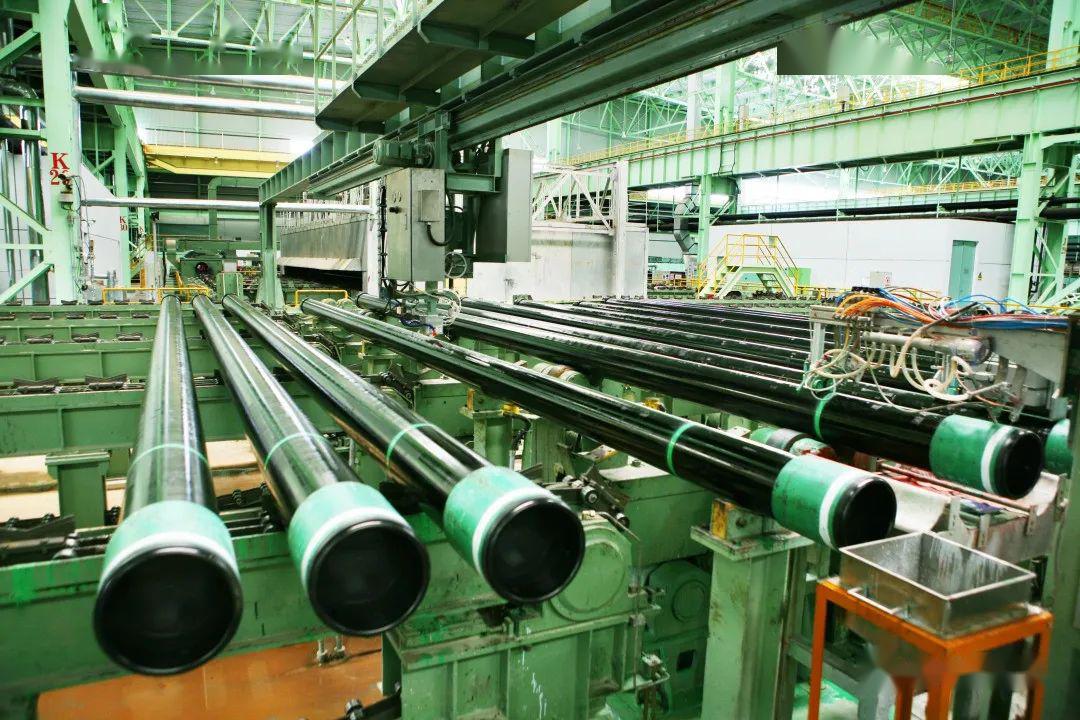
5. Annealing treatment: Heat the steel pipe and cool it slowly to eliminate internal stress, reduce hardness, and improve plasticity and toughness.
6. Surface quenching: heating and quenching the surface of the steel pipe to improve the surface hardness and wear resistance while maintaining the toughness of the core.
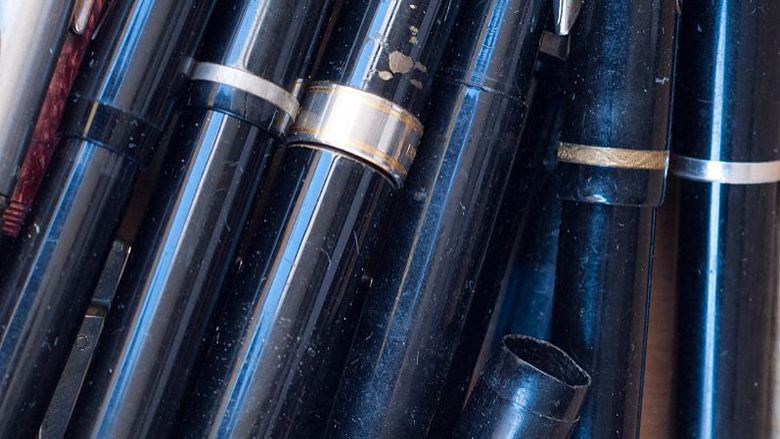
Through these processes, the oil casing can show excellent performance and durability in high-pressure, high-temperature and highly corrosive environments.
